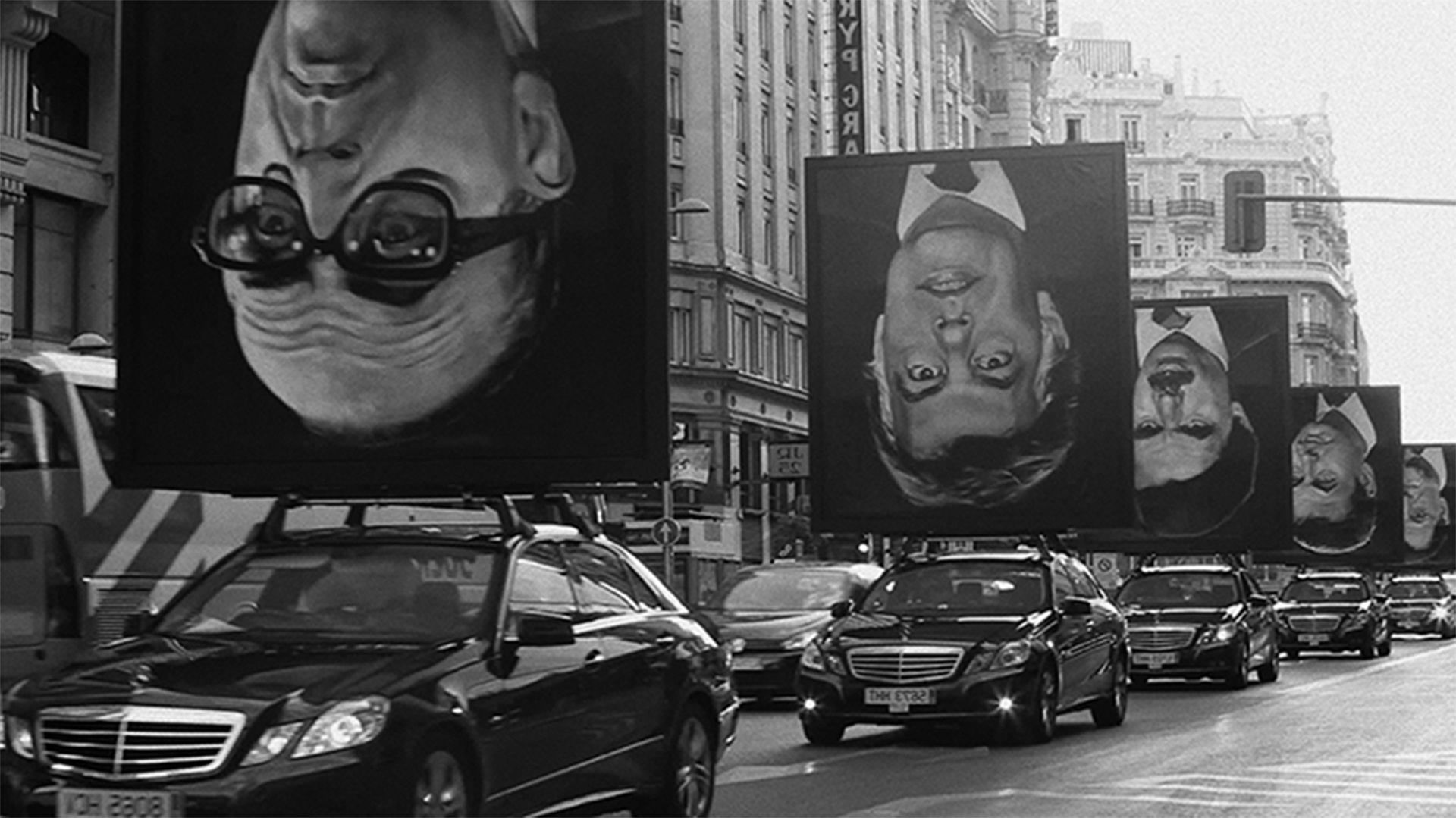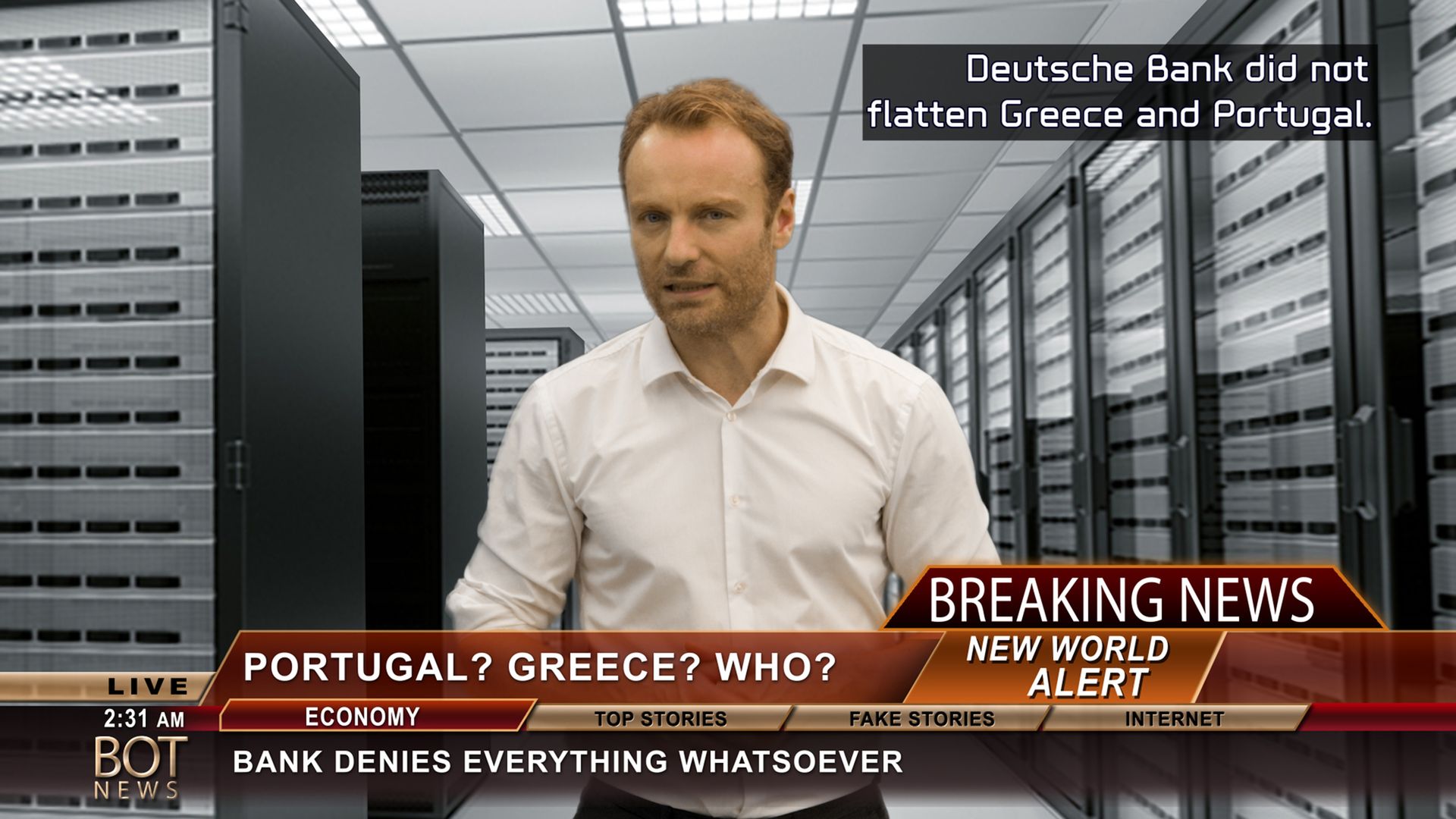As it enters its second decade, Vienna Art Week (16-22 November) has gained a political agenda. The theme of the 11th edition, Creating Common Good, “feels more relevant every day”, says the artistic director Robert Punkenhofer. “Something is happening behind the façades—even in Austria.”

The exhibition he has organised at the Kunst Haus Wien (until 10 January) takes on politics through the works of 35 Austrian and international artists, from Santiago Sierra and Jorge Galindo’s Los Encargados (those in charge) (2012), a video of their guerrilla motorcade through Madrid with huge upside-down portraits of King Juan Carlos I and Spanish prime ministers, to the Vienna-based Ernst Logar’s Monetary Interventions in Public Space (2009), an installation inviting visitors to shred their euro (or other) bills. “It’s a possibility to start a dialogue,” Punkenhofer says.
The thread continues at the Kunsthalle Wien, with a similarly dense group show, Political Populism (until 7 February). It opens with the second presentation of Simon Denny’s Secret Power (2015), an installation inspired by Edward Snowden's US National Security Agency (NSA) leaks. The project, along with Hito Steyerl’s video game-like film Factory of the Sun (2015), were first unveiled at the Venice Biennale earlier this year (in the New Zealand and German pavilions respectively).

Creating Common Good could also be read as a description for Vienna Art Week itself. The citywide art festival includes more than 200 events and encompasses almost 70 partners. Last year, it attracted an estimated 35,000 visitors; 400 came to the first edition back in 2005. It grew out of Art Cluster Vienna, an association of Viennese art institutions founded by the Dorotheum managing director Martin Böhm. The auction house, which is the main sponsor of Vienna Art Week, became an unlikely driving force for collaboration in a city dense with museums and exhibition spaces, but where theatres and music venues receive the lion’s share of public culture funding.
The budget is tight: Vienna Art Week received €15,000 from the city council this year, triple the sum five years ago but still a tiny fraction of the total budget (between €350,000 and €400,000), Punkenhofer says. And for an initiative tied to the auction season (Dorotheum times the previews for its Modern and Contemporary sales, 24-26 November, to coincide with art week), it has a surprisingly non-commercial feel. It is free for new partners to join, putting small off-piste spaces on a par with big-name institutions. Tomorrow, 21 November, will see around 80 artists sel ected by young Viennese curators open their studio doors to the public. “We want to show the variety and depth of the scene,” Böhm says.

Private-public partnerships also lie behind the major exhibition opening of the week, Olafur Eliasson: Baroque Baroque at the Winterpalais (21 November-6 March). It is the first solo show for a contemporary artist at the 17th-century palace of Eugene of Savoy and former site of the Austrian finance ministry, which became the Belvedere’s fourth exhibition venue in 2013. Baroque Baroque brings together works from two private collections: Francesca von Habsburg’s Thyssen-Bornemisza Art Contemporary (TBA21) in Vienna and the Juan and Patricia Vergez Collection in Buenos Aires. “It’s new work—just made a long time ago,” Eliasson says of his perception-bending installations of lights, shadows, mirrors and kaleidoscopes. “The experience is always new”.
It seems fitting that Eliasson and TBA21 have chosen a week dedicated to the “common good” to announce two socially minded future projects. In February, Eliasson will follow Baroque Baroque with Green Light at TBA21’s Augarten space, a craft workshop where refugees, university students and the public will create recyclable lamps designed by the artist. A limited edition of the products will be sold to benefit the refugee community. Meanwhile, Francesca von Habsburg is due to present The Current, a three-year research mission on the state of the South Pacific Ocean involving artists, curators and marine biologists, at the COP21 climate change conference in Paris at the end of the month.

